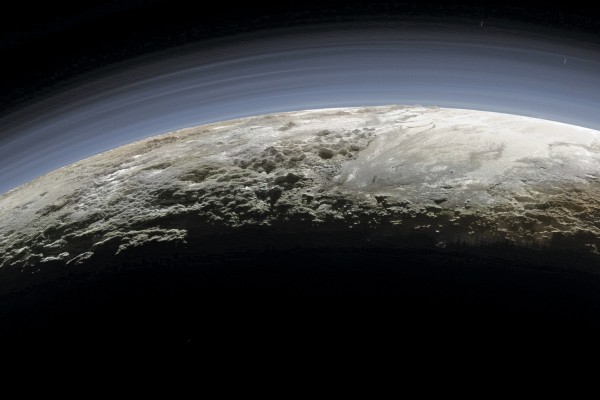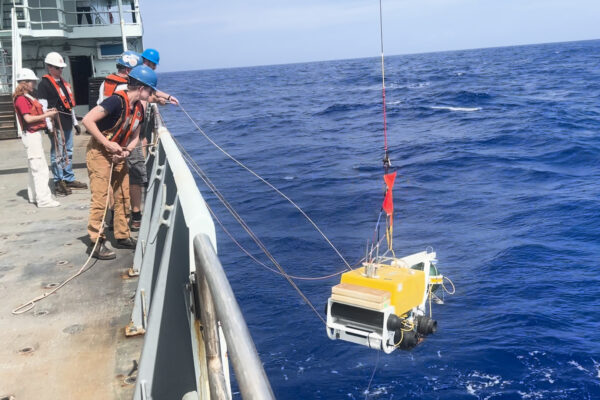NASA’s Europa Clipper spacecraft will launch next month to conduct a detailed investigation of Jupiter’s moon Europa to determine whether there are places below its icy surface that could support life.

William B. McKinnon, the Clark Way Harrison Distinguished Professor in Arts & Sciences at Washington University in St. Louis, is a member of the Europa Clipper science team and a faculty fellow in WashU’s McDonnell Center for the Space Sciences.
Europa Clipper’s three main science objectives are to characterize the moon’s icy shell and its interactions with the ocean below, to investigate its composition and to characterize its geology. This effort is aimed at helping scientists better understand Europa’s astrobiological potential, in particular (meaning: is it habitable?), and the potential for habitable worlds beyond our planet generally.
Managed by the California Institute of Technology (Caltech) in Pasadena, Calif., NASA’s Jet Propulsion Laboratory (JPL) leads the development of the Europa Clipper mission in partnership with the Johns Hopkins University Applied Physics Laboratory for NASA’s Science Mission Directorate in Washington, D.C.
In this Q&A, McKinnon, who serves on three Europa Clipper instrument teams, describes the state of the mission to explore Jupiter’s ocean moon.
You’ve been studying Europa for more than 40 years. Tell us a little bit about how the Europa Clipper mission got started.
NASA’s Galileo mission in the 1990s gave us high-resolution images of Europa, which indicated that its frozen shell could break up and the material that we suspected was an ocean below would reach the surface. People got very excited.
These broken areas are called chaos, and they look like the Arctic ice flows on Earth. Then the Galileo magnetometer measurements confirmed that there really was a conducting layer below the ice. The plausible idea was that it was liquid water with salt in it, like our own oceans.
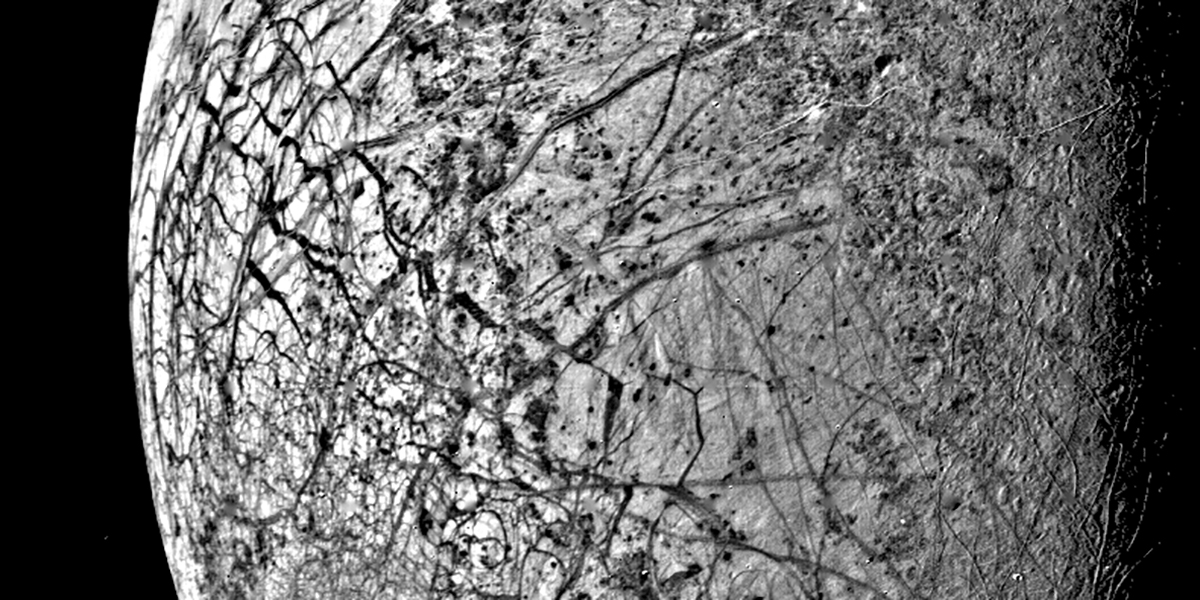
Which Europa Clipper instruments are you working on?
Imagine that you’re going to fly to another world. You’re going to take cameras, but special ones that operate in different wavelengths: infrared, ultraviolet and visible.
At Europa, we know that the surface materials vaporize, or sublimate, and micrometeorite bombardment kicks particles off. Plus there’s a possibility, still unproven, that there are erupting plumes, at least occasionally, on Europa, such as we see on Enceladus (a moon of Saturn) all the time.
So there are in situ instruments, known as mass spectrometers, that we will fly close to the surface and use to determine the chemical composition of the surface and of any particles that are blasted off the surface.
I’m involved with the science team for one of those in situ instruments and also with the ice-penetrating radar and gravity instruments, the latter being the spacecraft’s communication radio. In all, there are nine official instruments, 10 if you count the radio. With its massive solar arrays and radar antennas, Europa Clipper is the largest spacecraft NASA has ever developed for a planetary mission.
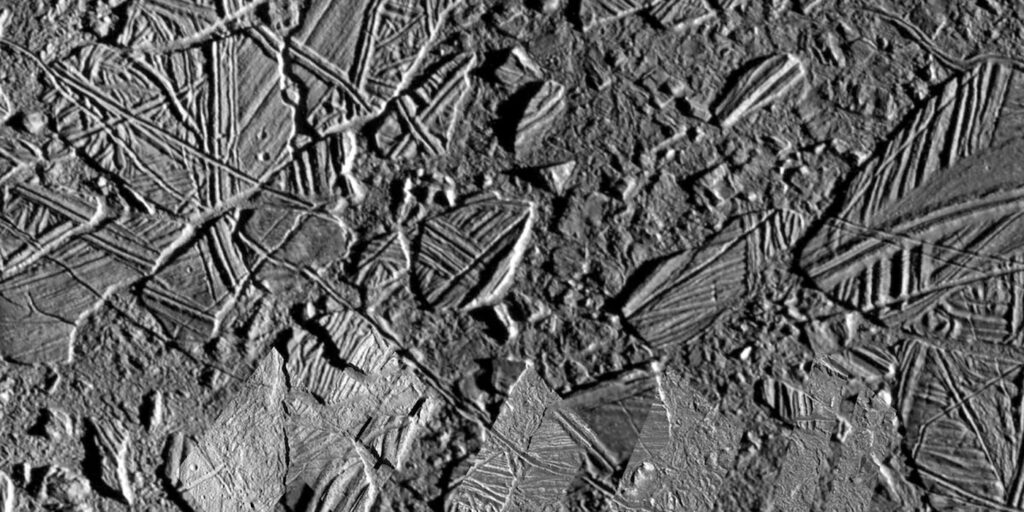
How will you and the other members of the science team use these instruments to study Europa’s ocean?
We’re going to do active remote sensing, where we send radar waves into the cold ice of Europa, and they bounce back to the antennas that are on the spacecraft. Then we can interpret the surface and subsurface structure.
Cold-water ice is incredibly transparent to radar. For example, we can see the bottom of the Greenland ice cap or the Antarctic ice cap from airplanes that carry a radar at the right wavelengths.
And we’ve done this in space, too. We’ve overflown the icy polar caps of Mars, and we can see right down to the bottom of them.
So, of course we want to do this at Europa. It’s a big question: is the ice shell thick or thin? Is it 5 kilometers thick? Is it 20 kilometers thick, like we know it is on Enceladus, or is it 30 or 50? This will drive what people want to work on in the coming decades. As you can imagine, if you get physically through the ice to the ocean, that’s where the people who come after my generation will want to work.
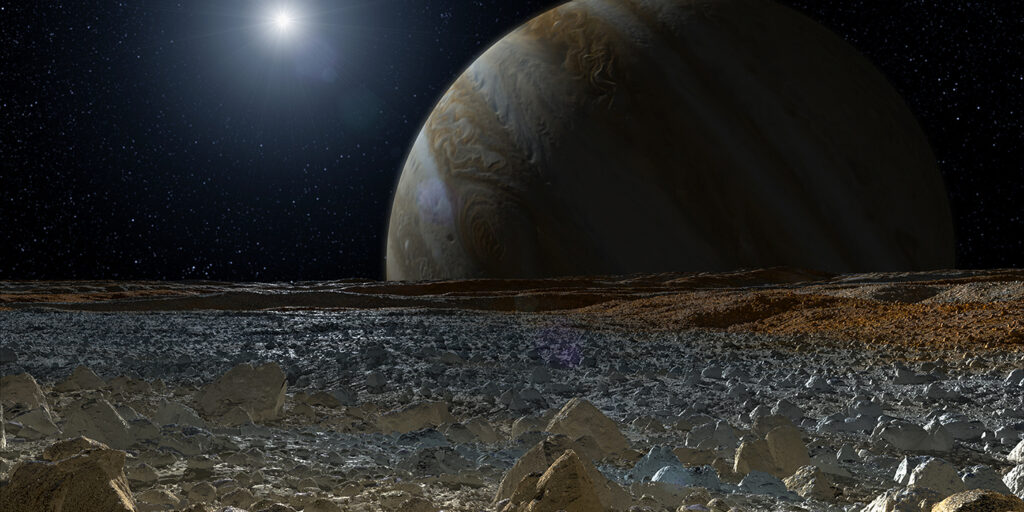
What are some other WashU connections to the mission?
A former student of mine is on the team, Andrew Dombard, and he’s very interested in the possibility of undersea volcanism on Europa. Europa is a world that is smaller than our own moon by a little bit, but it is tidally heated due to its resonant interactions with the nearby moons Io and Ganymede. This maintains the ocean and could, in principle, drive regular silicate volcanism on the seafloor, like we have on the Earth.
Another former student, Paul Schenk, is associated with the radar sounder. Plus there are opportunities for the students of today and tomorrow to be involved.
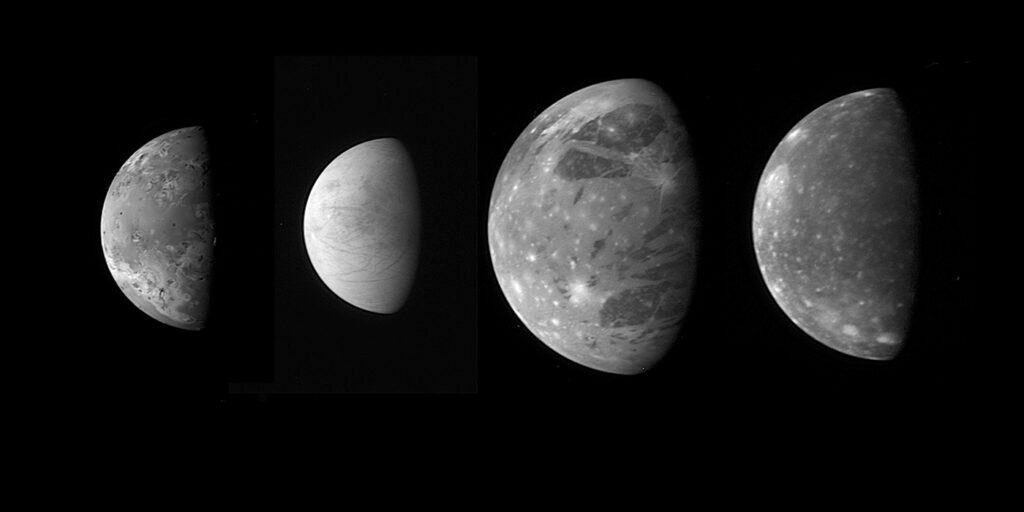
NASA has been careful to say that Europa Clipper is not a life-finding mission. Instead, it will determine if Europa’s conditions are conducive to life. What’s the difference?
NASA does not want to overpromise. Just as a historical aside, the Viking missions were sent to Mars in 1976 to look for life, and then they didn’t find it. That, in a way, set back Mars exploration, at least in terms of public funding, because it was like, well, you’ve been there and done that and didn’t find any.
At Europa, we’re not actually landing yet. But we want to get the full context of things. That means determining whether it has what we think of as necessary for life. Of course, for life as we know it, we need liquid water. We’re pretty sure we have that. But we also need the right kind of chemical elements. If there’s water, there’s hydrogen and oxygen. We also know there’s carbon on the surface, as the James Webb Space Telescope spectacularly confirmed. We know there’s sulfur, which is another big element for life. That may have come from the inside or it may be plastered on the outside, coming from Io’s volcanoes.
But other elements, like nitrogen, we’re less sure of. We certainly don’t have a detection of phosphorus, which we have detected at Enceladus, because we can analyze the particles that come out of the Enceladus plume. So we will go to Europa and analyze the chemical composition of the surface with the appropriate instruments, which are the best ever flown in space for this purpose.
You also need energy. Life on Europa would have to work in the dark, the way that some aspects work on the Earth on the deep seafloor, near volcanic vents. Everybody loves the idea of volcanic vents on Europa, as a possible site for what we call chemosynthetic life.
By doing the whole measurement suite, looking at Europa from multiple angles, literally and conceptually, we’ll be able to answer many questions.
We’ll be able to tell you how thick the ocean is and what its salinity is. What are the actual dissolved salts? Is it acidic, neutral or alkaline? Is it just like Earth’s oceans, or is it different? Is it gas rich? Is there a lot of CO2 in it? Is it like a bottle of Perrier? That’s possible, by the way.
All of these things feed into the question of habitability. This is all a huge experiment in understanding the conditions for the evolution of life.
How long will it take us to get there?
We’re using a trajectory that takes us out to Mars in February, and then back to Earth for another flyby, using the gravity of each planet as a slingshot to boost the spacecraft’s speed. Then we’re going to go out to Jupiter. It’s a six-year flight overall, so I have to wait and twiddle my thumbs.
There’ll be some tests done at Mars. We’re going to be testing the radar at Mars, as an example. Other things you don’t want to actually mess around with. Out at Jupiter, sunlight is only 4% of the intensity at the Earth. So the cameras are designed for much lower light levels at Europa. You don’t want to point them at Mars close up. It’s too bright.
Once we get to Europa in 2030, we’ll get years of data. Clipper will go around Jupiter dozens of times, buzzing Europa at different latitudes and longitudes and altitudes. We will cover the waterfront, literally — because that’s why we’re there.
It’s going to be fantastic. Europa Clipper will have instruments that we have never flown to the Jovian system, just because the technology wasn’t available before. For example, there’s another instrument called E-THEMIS, a highly sensitive thermal imager. You can take pictures of Europa on the night side, and if there’s anything going on geologically — any warm areas — they’ll just pop right out.
The Europa Clipper mission is the next big step in NASA’s exploration of the solar system. With the engineering margins that are in place, we anticipate that we will get through the nominal mission. And because engineers like to have big margins, there is a possibility of an extended mission. My goal is to stay around for it.
McKinnon is a science team member on three of the Europa Clipper instruments: the Radar for Europa Assessment and Sounding: Ocean to Near-surface (REASON) instrument team (Principal Investigator: Donald Blankenship, University of Texas Austin); the MAss Spectrometer for Planetary EXploration (MASPEX) team (Principal Investigator: Jim Burch, SwRI); and the gravity/radio science team, led by Erwan Mazarico at NASA Goddard Space Flight Center. McKinnon also serves on the RIME sounding radar for the European Space Agency’s Jupiter Icy Moon Explorer and as deputy lead for geology (emeritus) for NASA’s New Horizons mission to the Pluto system and the Kuiper belt.
